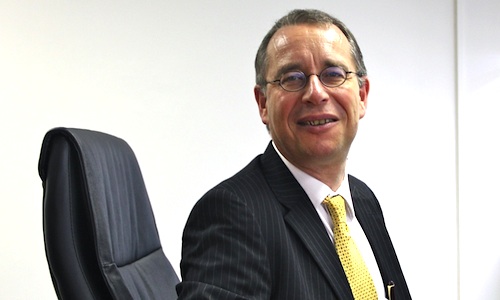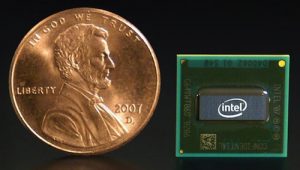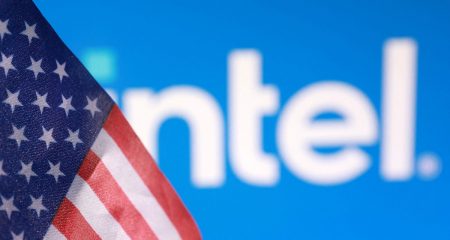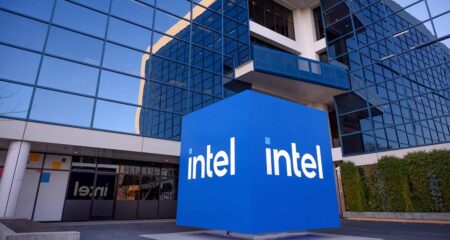
Chipmaker Intel believes it is well positioned to compete in the mobile and tablet markets, despite the resignation this week of its senior vice-president and GM of its ultra mobility group, Anand Chandrasekher.
Intel made a brief announcement on Wednesday saying Chandrasekher had resigned to pursue other interests, and installing two vice-presidents, Mike Bell and Dave Whalen as temporary replacements.
Chandrasekher is known for driving Intel’s success in the laptop market with the Centrino chip. However, over the past year Intel has faced increasing criticism for not cracking similar success in mobile phones and tablets.
Much of the criticism has flowed from from the relatively high power consumption of Intel chips, which has not kept pace with rival ARM’s designs. However, Intel has assured manufacturers that its new series of Atom chips, dubbed Medfield — slated for release early next year — will beat the performance and power requirements of the ARM-designed chips.
Gilles Pellet, director of Intel’s European marketing organisation, says Chandrasekher’s resignation will not deter Intel from tackling the mobile market more aggressively, even though he was integral in laying the foundation for the company’s current strategy.
“It was a personal decision for him. Good people come and go, and while we don’t like to see them go, there are other good people who can take on the responsibility,” he says.
Thanks to its dominance in the desktop and server market, Intel has a significant budget for research and development and has managed to reduce the power consumption on some of its higher-end chips.

Despite having become a commodity game, computing chip sales are still growing in double digits annually. Intel itself is in the process of investing to produce 22-nanometre chips with the aim of heading to 10 nanometres. This refers to the distance between the circuits on the chip. One nanometre is a billionth of a metre.
Pellet says Intel knows it’s coming to the mobile and tablet party late and has to extend beyond its success in its core business of desktop and notebook processors. “We have to be part of that space for our own growth, which is expected by shareholders and analysts.”
According to Pellet, Intel has made significant investments that will help boost its ability to compete in this space. “The building blocks are coming together nicely,” he says.
In 2010, Intel spent almost US$10bn on acquisitions, which included its purchase of Infineon’s Wireless Solutions business, McAfee and TI’s cable modem division. And just last week, Intel acquired mobile multimedia specialist Eindhoven for an undisclosed sum.
The buying spree has been both criticised and hailed by analysts. However, Pellet says these acquisitions form part of its plans to tackle the mobile market. He says Intel’s mobile plans will not simply be about silicon. He says it’s taking a longer-term view on the market.
“Mobile devices will not live independently of each other, and users will eventually want to be able to switch between them seamlessly. Our solutions, using Intel processors, will provide the best space for that,” he says.
Pellet says the company already has a strong presence in the living room, with smart TVs and Internet-based TV devices. The next step is to allow smartphones and tablets to integrate with those devices, and Intel’s software business is looking at ways of making that happen. He says the future of mobile will be in the ecosystem created to serve content to users.
Intel is also pushing its processor designers to cut power requirements and boost the speed of chips it hopes to bring to the mobile market.
Though Pellet admits mobile will be a tough nut to crack given most vendors and device manufacturers have opted for the ARM specification, he says the company is confident that it will crack the market.
He can’t reveal Intel’s expectations for market share in mobile, but insists it will now move from simply talking about mobile to expanding its market share. — Candice Jones, TechCentral
- Subscribe to our free daily newsletter
- Follow us on Twitter or on Facebook




